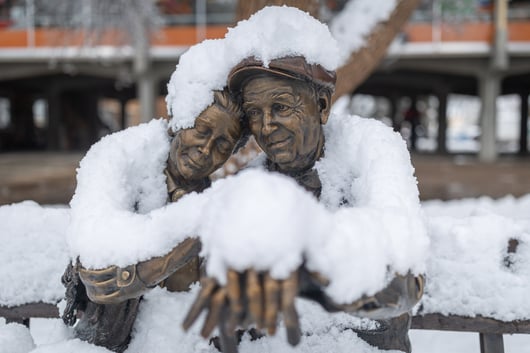
As we know today, Valentine’s Day is a day of romance to celebrate the one(s) you love. But it wasn’t always this way. Although no one knows the exact origin of this holiday, historians can infer from celebrations from our past to piece together the origins.
Lupercalia
According to this article by History.com, one possible origin of Valentine's Day is the ancient Roman festival of Lupercalia, a fertility festival dedicated to the Roman god of agriculture (Faunas). To begin the festival, a group of Roman priests (Luperci) would gather at a sacred cave. They believed that Romulus and Remus, the founders of Rome, were cared for in this cave as infants by the great she-wolf (lupa).
The luperci would then sacrifice one goat and one dog, taking the goat hide in strips and dipping it into the sacrificial blood to take to the streets. They would gently slap the goat hide on women (believed to make them more fertile) and crop fields. Near the end of the festival, the young men would draw the names of young women from a jar. They would pair up for the remainder of the festival, often ending in marriage.
How it Evolved
The celebration of Lupercalia became outlawed during the rise of Christianity in the 5th century. Pope Gelasius had combined Lupercalia with St. Valentine's Day, expelling the pagan ritual from the holiday.
As the years passed, the holiday evolved into the Valentine's Day we know today. English poets Chaucer and Shakespear romanticized the holiday in their work, spreading the popularity of the holiday throughout Europe.

-1.png)
